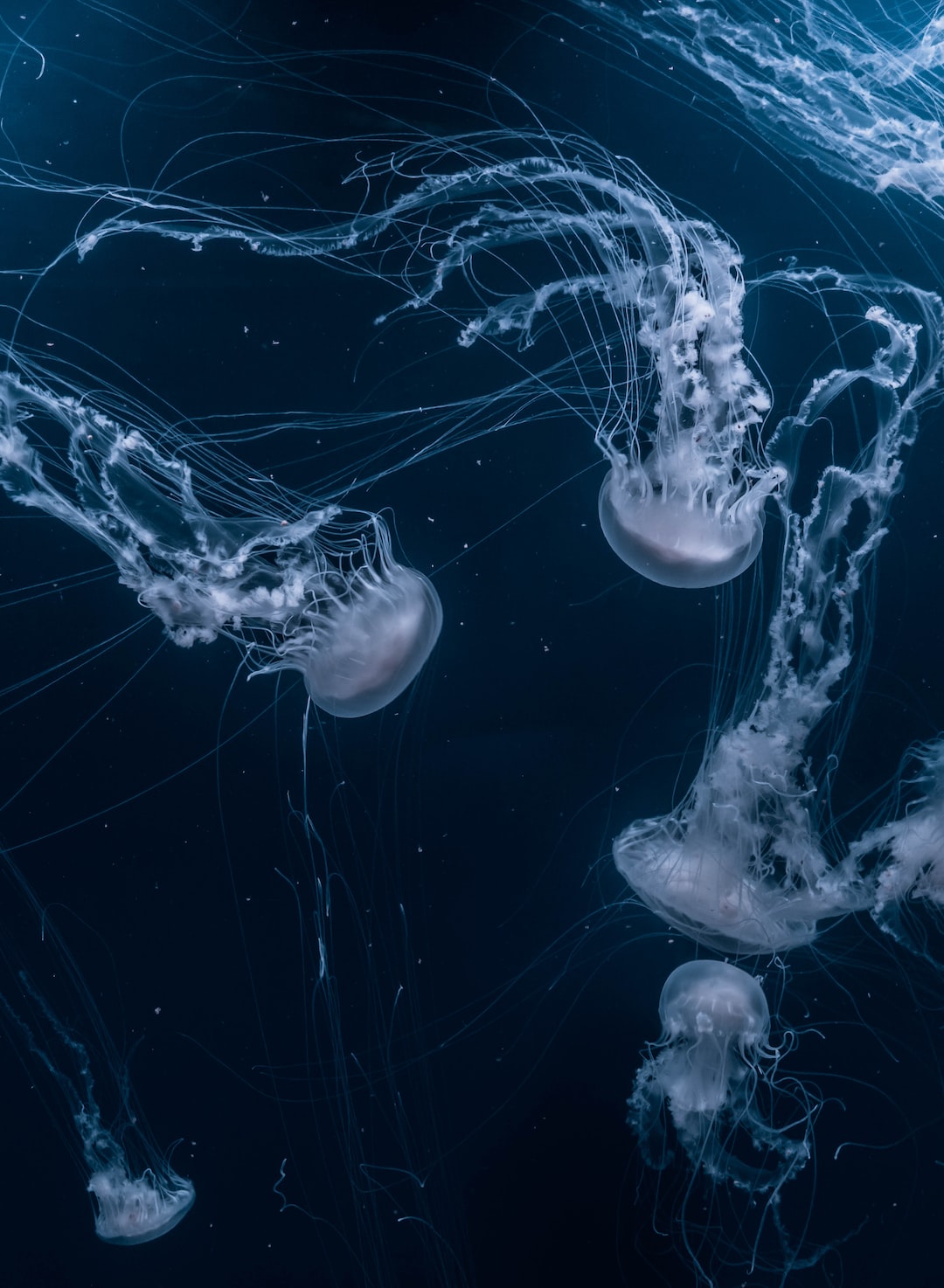The Incredible Journey of Monarch Butterflies
Monarch butterflies are perhaps one of the most iconic and well-known species of butterflies in the world. What makes them truly remarkable is their incredible migration, a journey that spans thousands of miles and generations. From the forests of North America to the remote mountains of Mexico, this annual migration is a true marvel of nature.
The journey begins in the late summer and early fall, when millions of monarch butterflies from across North America embark on a long and arduous journey towards warmer and more favorable climates. These butterflies have spent their entire lives in the northern regions of the continent, feasting on milkweed plants, which provide them with the necessary food and habitat to grow and develop.
As the days grow shorter and temperatures drop, the monarch butterflies undergo a miraculous transformation. They go through a process called metamorphosis, where they transform from a caterpillar to a chrysalis, and finally emerge as a beautiful adult butterfly. It is during this transformation that they gain the strength and energy required for their long migration.
The migration of the monarch butterflies is an incredible feat, as they travel thousands of miles to reach their overwintering sites in the mountains of central Mexico. This journey is divided into multiple stages, with each generation of butterflies playing a crucial role in ensuring the continuity of their species.
The first generation of adult monarch butterflies, born in late summer, begins their migratory journey. They fly southward, guided by an internal compass that allows them to navigate towards their destination. These butterflies are capable of flying up to 80 miles per day, taking advantage of favorable winds and flying at an altitude of around 3,000 feet.
After a few weeks of flying, the first generation of monarch butterflies arrives in central Mexico. They find shelter in the oyamel fir trees, where they cluster together in massive colonies, creating a magnificent and awe-inspiring sight. The trees become adorned with millions of orange and black wings, creating a spectacle that attracts visitors from all around the world.
In Mexico, the monarch butterflies enter a phase known as diapause, where their reproductive capabilities are put on hold. They spend the winter months resting and conserving energy, waiting for the warm spring weather to return. During this time, they rely on the nectar from local flowers to survive.
As winter comes to an end, the monarch butterflies prepare to continue their journey. They mate and lay their eggs on milkweed plants, ensuring the survival of the next generation. The second and third generations of monarch butterflies then take over the migration, flying northward and repeating the cycle.
Each generation of monarch butterflies lives for only a few weeks, but their offspring continue the journey in their place. It takes up to four or five generations to complete the migration back to the northern regions of North America. Along the way, these butterflies rely on the availability of milkweed plants for their survival, as they are the sole food source for their caterpillars.
The monarch butterfly’s migration is not without its challenges. They face numerous obstacles, including predation, extreme weather conditions, and shrinking habitats. The destruction of milkweed plants due to agricultural practices and urban development has posed a significant threat to their survival.
However, efforts are being made worldwide to protect and conserve the monarch butterflies and their habitats. Initiatives such as planting milkweed gardens and creating protected areas have been instrumental in reversing the decline of monarch populations.
The incredible journey of monarch butterflies is a testament to the resilience and adaptability of these fascinating creatures. It serves as a reminder of the interconnectedness of all species and the importance of conserving and protecting our natural world. So, the next time you catch a glimpse of a monarch butterfly fluttering by, take a moment to appreciate the extraordinary journey it has undertaken to reach your backyard.


